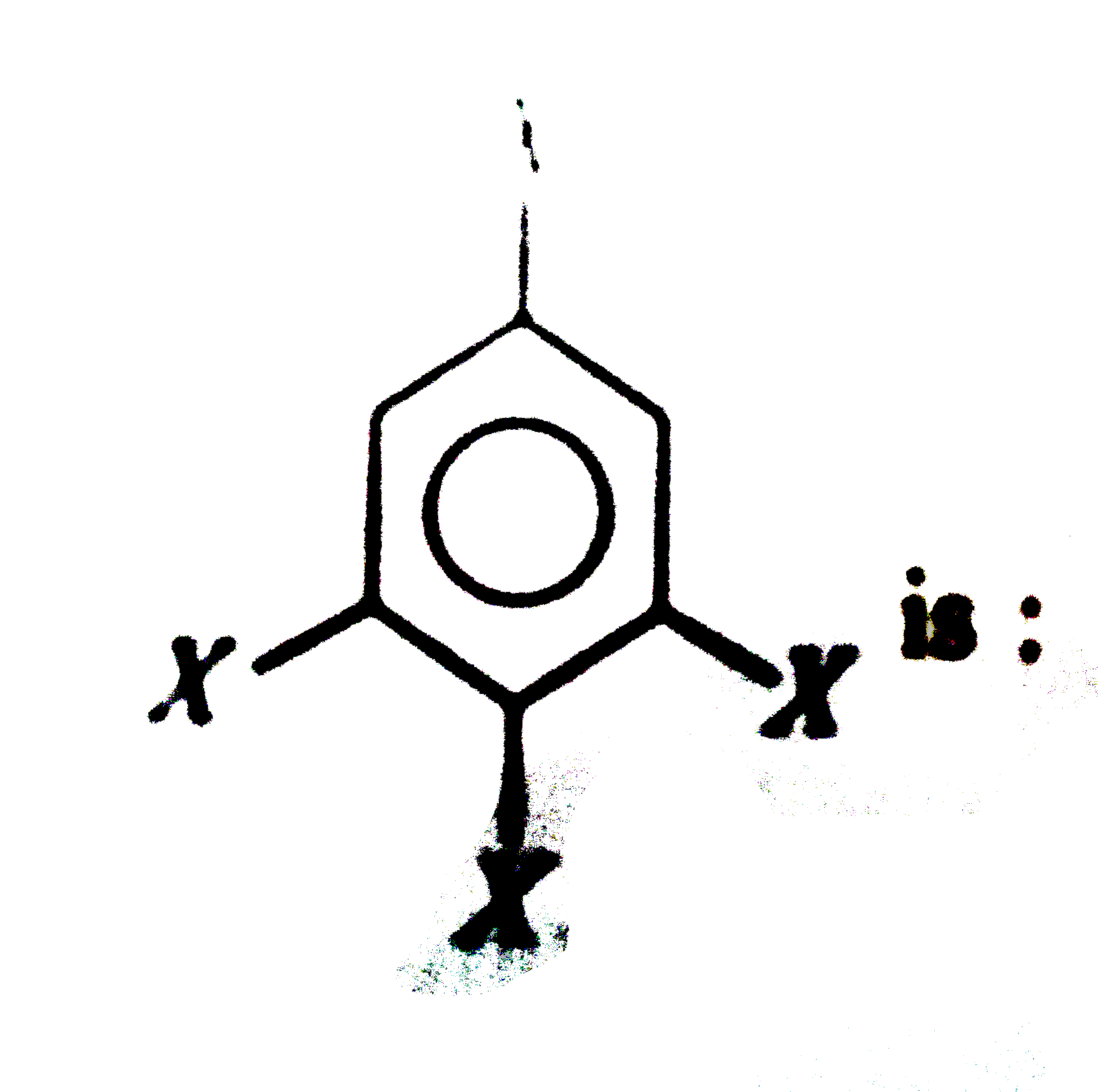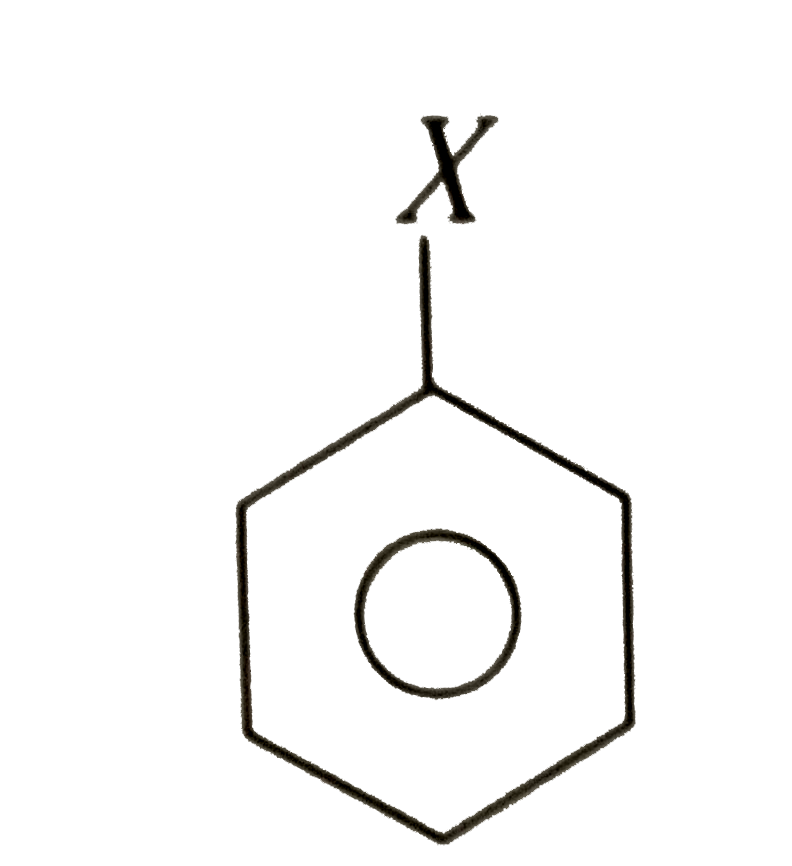Chloromethane has a certain value of dipole moment even throught the dipole moment value of methane is zero.justigy.
To justify why chloromethane (CH3Cl) has a certain value of dipole moment while methane (CH4) has a dipole moment value of zero, we can analyze the molecular structures and the electronegativities of the atoms involved.
1. Identify the Structures:
- Chloromethane (CH3Cl): The structure consists of one chlorine atom and three hydrogen atoms bonded to a central carbon atom.
- Methane (CH4): The structure consists of four hydrogen atoms bonded to a central carbon atom.
2. Electronegativity Values:
- The electronegativity of carbon (C) is approximately 2.5.
- The electronegativity of hydrogen (H) is approximately 2.1.
- The electronegativity of chlorine (Cl) is approximately 3.0.
3. Determine Dipole Moments:
- In chloromethane, the C-Cl bond is polar because chlorine is more electronegative than carbon. This means that the electrons are pulled closer to the chlorine atom, creating a dipole moment directed towards chlorine.
- The C-H bonds in chloromethane are also polar, but the difference in electronegativity is smaller, making these bonds less polar than the C-Cl bond.
4. Vector Addition of Dipole Moments:
- In chloromethane, the dipole moments from the C-H bonds and the C-Cl bond do not cancel out completely. The C-Cl bond creates a significant dipole moment in one direction, while the C-H bonds create smaller dipole moments in the opposite direction. The overall dipole moment of chloromethane is the vector sum of these dipole moments, resulting in a net dipole moment.
- In methane, all C-H bonds are identical and symmetrical. The dipole moments from each C-H bond point in opposite directions and cancel each other out, resulting in a net dipole moment of zero.
5. Conclusion:
- Therefore, chloromethane has a dipole moment due to the presence of a highly electronegative chlorine atom, which creates an uneven distribution of electron density. In contrast, methane has a symmetrical structure with identical C-H bonds, leading to a cancellation of dipole moments and a net dipole moment of zero.
Summary:
Chloromethane has a dipole moment because of the polar C-Cl bond and the asymmetrical arrangement of the molecule, while methane has a dipole moment of zero due to its symmetrical structure and identical C-H bonds.
- Chloromethane (CH3Cl): The structure consists of one chlorine atom and three hydrogen atoms bonded to a central carbon atom.
- Methane (CH4): The structure consists of four hydrogen atoms bonded to a central carbon atom.
- The electronegativity of carbon (C) is approximately 2.5.
- The electronegativity of hydrogen (H) is approximately 2.1.
- The electronegativity of chlorine (Cl) is approximately 3.0.
- In chloromethane, the C-Cl bond is polar because chlorine is more electronegative than carbon. This means that the electrons are pulled closer to the chlorine atom, creating a dipole moment directed towards chlorine.
- The C-H bonds in chloromethane are also polar, but the difference in electronegativity is smaller, making these bonds less polar than the C-Cl bond.
- In chloromethane, the dipole moments from the C-H bonds and the C-Cl bond do not cancel out completely. The C-Cl bond creates a significant dipole moment in one direction, while the C-H bonds create smaller dipole moments in the opposite direction. The overall dipole moment of chloromethane is the vector sum of these dipole moments, resulting in a net dipole moment.
- In methane, all C-H bonds are identical and symmetrical. The dipole moments from each C-H bond point in opposite directions and cancel each other out, resulting in a net dipole moment of zero.
- Therefore, chloromethane has a dipole moment due to the presence of a highly electronegative chlorine atom, which creates an uneven distribution of electron density. In contrast, methane has a symmetrical structure with identical C-H bonds, leading to a cancellation of dipole moments and a net dipole moment of zero.
Chloromethane has a dipole moment because of the polar C-Cl bond and the asymmetrical arrangement of the molecule, while methane has a dipole moment of zero due to its symmetrical structure and identical C-H bonds.
Topper's Solved these Questions
- BOOK - PEARSON IIT JEE FOUNDATIONCHAPTER - Organic ChemistryEXERCISE - Level 224videos
Organic Chemistry
- BOOK - PEARSON IIT JEE FOUNDATIONCHAPTER - NATURE OF MATTER EXERCISE - LEVEL 310videos
NATURE OF MATTER
- BOOK - PEARSON IIT JEE FOUNDATIONCHAPTER - PERIODIC CLASSIFICATION OF ELEMENTSEXERCISE - Level 310videos
PERIODIC CLASSIFICATION OF ELEMENTS
Similar Questions
Knowledge Check
- Question 1 - Select One
Dipole moment of
 is 1.5D. The dipole moment of
is 1.5D. The dipole moment of
 A1DB1.5DC2.25DD3D
A1DB1.5DC2.25DD3D - Question 2 - Select One
Which has zero dipole moment
ACis-2-buteneBTrans-2-buteneC1-buteneD2-methyl-1-propene - Question 3 - Select One
Zero dipole moment is present in
ANH3BH2OCcis1,2-dichloroetheneDtrans 1,2-dichloroethene
Which of the following has zero value of dipole moment?
View SolutionH2O has net dipole moment while BeF2 has zero dipole moment because
View SolutionH2O has a net dipole moment while BeF2 has zero dipole moment because :
View SolutionThe dipole moment of
 is 1.5 D. The dipole moment of
is 1.5 D. The dipole moment of  is: View Solution
is: View SolutionNon- zero dipole moment is shown by
View Solution


